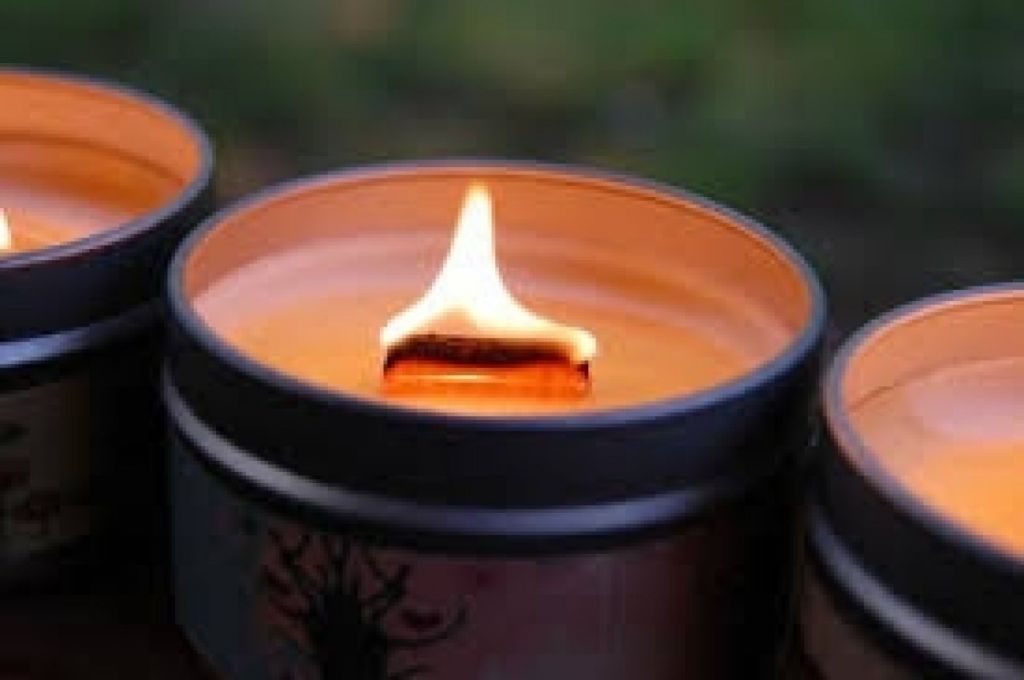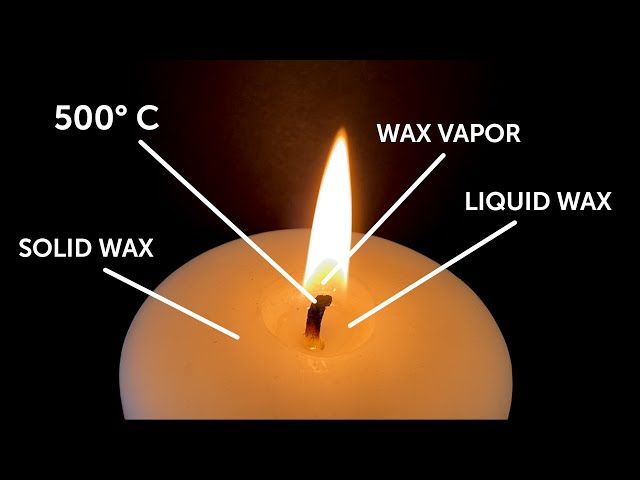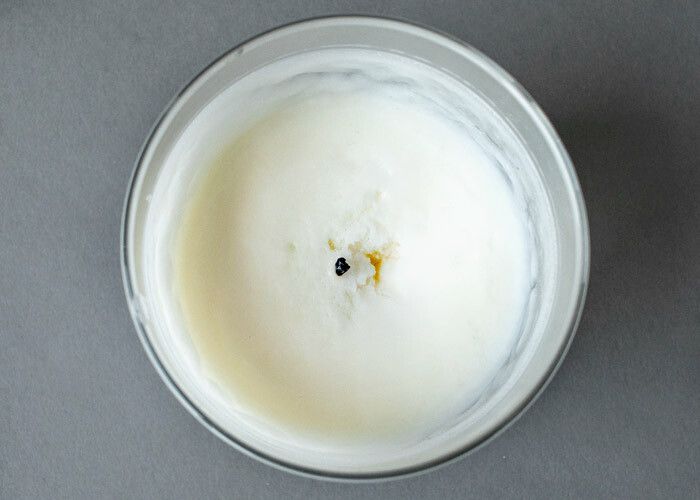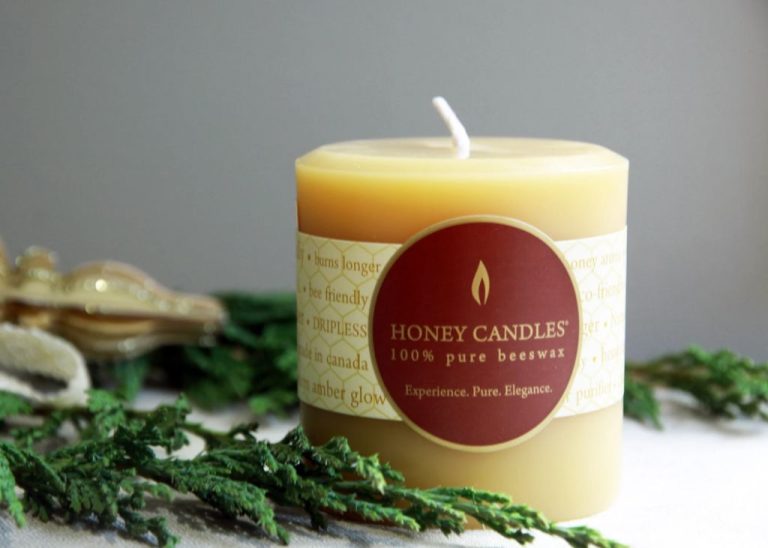Is Cotton Wick Better Than Wood?
The debate between cotton wicks and wood wicks in candles has been going on for years. Many candle enthusiasts have strong opinions on which type of wick is superior. The type of wick used can impact important factors like scent throw, smoke levels, wax pooling, and more. Understanding the differences between cotton and wood wicks can help consumers make informed decisions when purchasing candles for their homes.
With cotton being the more traditional wick material, and wood wicks gaining popularity for their crackling sound and increased scent dispersion, it’s worth analyzing the pros and cons of each. There are situations where one wick type may be preferable over the other depending on the specific needs and preferences of the user. By comparing wood and cotton wicks across various criteria, we can provide candle buyers with the knowledge to choose the option best suited for their unique needs.
History of Candle Wicks
The earliest candle wicks were made from natural fibers like rushes, palms, and flax. Wicks made from braided cotton threads started emerging in Europe around the Middle Ages. Cotton was preferred for its flexibility, strength, and ability to curl over as it burned, which helped the candle burn evenly. Wooden wicks consisting of wood splints didn’t appear until the early 19th century. Wood conducted more heat than cotton, improving scent dispersal. Wooden wicks enabled candles to burn brighter, faster, and more completely.
According to the Facebook page Clean Bee, ancient Egyptians originally made candle wicks by taking fibrous reeds called rushes. Years later, the Romans improved wicking by loosely weaving papyrus. Cotton wicks became popular in Europe during the Middle Ages. Wooden wicks were invented in the early 1800s.
How Cotton Wicks Work
Cotton wicks are made of braided cotton fibers that have been twisted together to form a wick (FriendlyCandle.com, 2023). The cotton fibers provide a consistent burn and allow the wax to travel up the wick through capillary action. The braided design helps ensure an even burn and prevents clogging of the wick that could lead to tunneling or an uneven melt pool (SoyDelicious, 2023).
Cotton has natural capillary properties that allow it to absorb liquid wax and draw it up to the top of the wick. As the wax reaches the lit end of the wick, it vaporizes and releases aroma into the air. The braided structure provides maximum surface area for this capillary action while resisting clogging from carbon buildup (FriendlyCandle.com, 2021).
Overall, cotton wicks are an optimal choice for candle making because their fibrous and braided structure promotes clean, consistent burning and fragrance diffusion.
How Wood Wicks Work
Wood wicks are made from natural wood fibers that are compressed together to form a hollow, cylindrical wick design (“Still trying to figure out how wood wicks work LOL but …” – TikTok). The hollow core enables air to flow up through the wick as the candle burns. This oxygen flow allows for a larger flame while also using less wax and leaving less soot behind.
Unlike traditional braided cotton wicks which curl into the wax pool as they burn, wood wicks stand upright due to their stiffness and hollow design (Slow, small flame and steady burn is how wood wicks work. …”, Facebook). As the flame burns down the wick, the wood fibers are slowly consumed without collapsing the wick’s structural integrity. This results in an even, consistent flame.
The natural wood composition provides a pleasant crackling sound as the wick burns. Many candle enthusiasts enjoy the ambience created by the fire-like crackling of wood wicks (“Wood-wick or Cotton wick?”, Reddit).
Burn Temperature
Cotton wicks and wood wicks burn at different temperatures, which impacts the candle’s burn and scent throw. Cotton wicks tend to burn cooler than wood wicks, with a lower temperature flame. The cotton fibers regulate the temperature, preventing the wick from getting too hot. This results in a mellower, more even burn.
In contrast, wooden wicks burn hotter and produce a larger flame. The natural wood grain of the wick creates small pockets and fissures that ignite as the wax melts, causing the characteristic crackling sound. While visually appealing, the higher temperature of wood wicks can more quickly melt the wax pool and release scent. However, it also burns candle wax more quickly.
In summary, cotton wicks provide a cooler, more controlled burn, while wood wicks create a hotter flame and burn candles faster. Candle makers should choose the wick material that aligns with their design goals for the candle’s burn and longevity.
Scent Throw
Both cotton and wood wicks allow fragrance oils to be released into the air as the candle burns. However, wood wicks tend to provide a stronger scent throw than cotton wicks. As the wood burns, it creates a larger melt pool on the candle surface which helps disperse more fragrance into the surrounding area (source). The natural porous structure of wood absorbs more wax and fragrance oil, releasing extra fragrance as the wick burns.
In comparison, cotton’s compact fibers don’t absorb as much fragrance oil. Cotton wicks tend to provide a moderate scent throw, while wood wicks provide exceptionally strong aroma. If fragrance strength is a priority, wood wicks are the better choice. The natural properties of wood allow it to augment scent throw beyond what cotton wicks can achieve.
Smoke Production
One of the biggest differences between cotton and wood wicks is the amount of smoke they produce while burning. Cotton wicks tend to produce significantly more smoke than wood wicks.
As the cotton burns, it creates black soot that rises up through the wick. This results in billowing smoke coming from the candle as it burns. The smoke contains unburned carbon particles that are released into the air (1).
Wood wicks, on the other hand, do not produce the same amounts of smoke and soot. The hardwood material burns cleaner and more efficiently, producing far less smoke. The natural wood grain helps the wick burn without creating excess buildup of unburned particles (2).
For those concerned about indoor air quality or limiting smoke, wood wicks tend to be the better option. The minimal smoke makes them more suitable for burning indoors for extended periods of time. Cotton wicks can result in more indoor particulates.
##Wax Pooling

When it comes to wax pooling, wood wicks tend to promote a wider wax pool compared to cotton wicks. This is because wood wicks burn hotter, between 140-170 degrees Fahrenheit, whereas cotton wicks generally burn around 120-130 degrees Fahrenheit. The higher temperature of wood wicks melts more of the top layer of wax surrounding the wick as the candle burns.
Some benefits of the wider wax pool created by wood wicks include better fragrance dispersion since more melted wax releases more scent. The larger wax pool can also help prevent issues like tunneling where wax close to the wick melts but wax at the edges doesn’t. However, too wide of a wax pool can be dangerous if the liquid wax gets too close to the candle container’s edges.
With cotton wicks, the narrower wax pool means fragrance throw may be reduced. But the smaller pool is less likely to get too close to container sides. Cotton wicks are often recommended for container candles for this safety reason.
Overall, wood wicks promote more complete wax melting and fragrance release due to hotter burning and wider wax pooling. But large pools require monitoring to prevent risks. Cotton wicks provide a smaller, potentially safer pool but may limit scent dispersion.
Longevity
When it comes to the lifespan and durability of wicks, wood wicks tend to last longer than cotton wicks. As the candle burns down, cotton wicks can become uneven, bend over into the wax pool, or develop carbon “mushrooms” on the end. Wood wicks maintain their shape and stand upright as the candle burns down. The wood grain also allows improved capillary action to bring wax up the wick.
According to Lumos Candle Co., “Wood wicks are made to stand firm and straight until the very end of the candle’s life. The natural rigidity of the wood allows the wick to stand upright and remain centered in the wax pool. This leads to an even burn and maximum usable wax.”
Wooden Wicks explains that their wooden wicks are designed to resist carbon build-up and remain rigid as they burn. The wood grain pulls more wax up the wick through capillary action. As a result, wood wicks tend to burn cleaner, more completely, and last longer than cotton.
Conclusions
In summary, cotton and wood wicks each have their advantages and disadvantages:
Cotton wicks tend to burn hotter, pool wax better, and provide stronger scent throw. However, they produce more soot and require trimming. Cotton works well for most standard candle designs.
Wood wicks burn cooler and cleaner, with less smoke. They produce a pleasant crackling sound and do not require trimming. However, wood wicks may not pool wax as well or release scent as effectively. Wood wicks work best in wide containers with wax blends formulated specifically for wood.
For most candles, cotton wicks are the safe default option. Wood wicks offer benefits for eco-friendly candles with less soot. Ultimately the wick should match the wax, vessel, and design. Test different wick types to determine which performs best for a particular candle.
With the right pairings, both cotton and wood wicks can produce excellent candles. The choice comes down to individual preferences around clean burning, scent throw, sound, trimming needs, and aesthetics.






